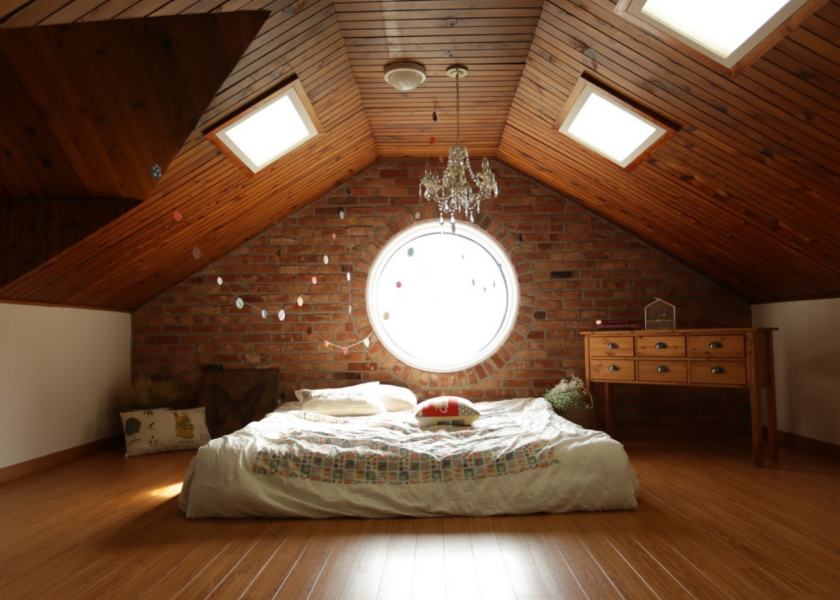Renovation wood
25/09/2021

Here, Paul Brannen, CEI-Bois & Chair of the Timber Sector Group planning for COP 26, looks at Europe’s carbon capture and storage mechanism.
As a climate warning, it could hardly have been starker;
“I want to be clear. If we don’t clear this development fast enough, our children and grandchildren will fight wars over water and food.”
The clarity of European Union Vice President Timmerman’s words was both frightening and welcome. We really do need to pick up the pace if the EU and the UK are to stand a chance of both becoming carbon neutral by 2050.
Consequently, the EU Commission’s Renovation Wave is spot on with its aim of making 195 million building units across Europe energy-efficient by 2050, but current deep renovation rates are running at less than 1% of the building stock per year.
The ‘easy wins’ are loft, wall and door insulation and the replacement of single glazed windows with double or triple glazed. However, if we are not careful these renovations could be carried out using fossil fuel based materials.
Alert to this danger, the Commission did flag up the need to minimise
“the [carbon] footprint of buildings,”
Through
“the use of organic building materials that can store carbon, such as sustainably-sourced wood”.
Professor Schellnhuber of the Potsdam Institute for Climate Impact Research has pointed out what will happen if we fail to use organic materials.
“Often more harm than good is done, for example when buildings are insulated with toxic industrial foams whose production, use and disposal requires more energy than can be saved”.
Instead, he argues for us to
“reforest our planet and re-timber our cities,”
i.e. more sustainable wood in the built environment.
It is wood’s ability to store carbon, once the living tree has sequestered it, that makes wood such a valuable asset in tackling climate change and when combined with its substitution effect, these two attributes offset 20% of Europe’s annual CO2 emissions.
In conclusion, more sustainably-sourced wood use in the built environment could, as the Commission President Ursula von der Leyen has stated, help turn our built environment from
“a carbon source into a carbon sink”.